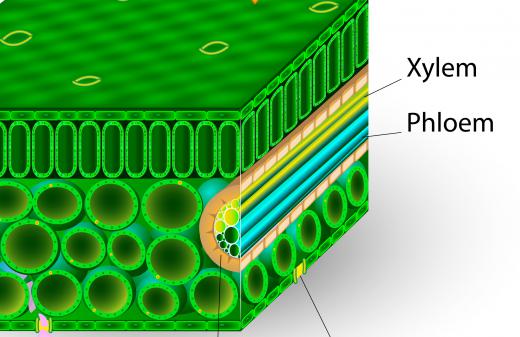When did Animals First Colonize Continental Interiors?
 Michael Anissimov
Michael Anissimov
Animals first colonized continental interiors sometime in the late Silurian or early Devonian, around the same time that extensive terrestrial fossils appear. The first animals to colonize continental interiors were probably insects. Remarkably, the first known insect fossil, Rhyniognatha hirsti, estimated at 396-407 million years old, had already evolved wings, which would have let it travel far inland, as long as there was sufficient food in the form of plants.
The colonization of continental interiors likely occurred around the same time that vascular plants evolved, roughly 425 million years ago, with fossil examples like Cooksonia (northern hemisphere) and Baragwanathia (Australia). Prior to this, terrestrial flora mostly consisted of bryophytes (mosses, etc) that had to be in very wet, usually coastal areas in order to survive.

Of course, life could have spread into continental interiors via rivers, but in this ancient era, due to a lack of land plants, most rivers had a braided rather than winding structure, which made them less hospitable to animals. Once vascular plants really started to get going, they shaped the rivers into a more unified flow, bringing in algae and small aquatic animals. The insects that first made the steps onto land would have been similar to modern-day bristletails, an evolutionary relict which has changed little since it first emerged in the Devonian.
Insects existed on land in small numbers for tens of millions of years, but don't show up in the fossil record in large numbers until the late Carboniferous, around 330 million years ago, when the first true forests began to grow. It is completely possible that insects existed before this, but didn't fossilize reliably due to any number of reasons.
Meanwhile, the first tetrapods, like Acanthostega, began to take their first steps onto dry land around 360 million years ago. For tens of millions of years, they stayed on the coasts and in muddy swamps where were common at the time. But around 340 million years ago, some amphibians evolved a tough membrane around their eggs, making it possible to lay them on land, creating the first reptiles, which resembled small lizards. These animals would have been among the first non-insects to colonize continental interiors, now filled with nutrient-rich forests.
AS FEATURED ON:
AS FEATURED ON:











Discuss this Article
Post your comments